1610 Taper Lock Bushings
A 1610 taper lock bushing is a type of mechanical bearing that is used to align and support rotating shafts. It is made of a strong, durable material such as steel or aluminum and has a tapered bore that fits snugly over the shaft. The bushing is then secured in place with set screws or bolts. The 1610 taper lock bushings are a versatile and reliable type of mechanical bearing that can be used in a wide variety of applications. They are available in a variety of sizes and materials to meet the specific needs of each application.
1610 Taper Lock Bushings
A 1610 taper lock bushing is a type of mechanical bearing that is used to align and support rotating shafts. It is made of a strong, durable material such as steel or aluminum and has a tapered bore that fits snugly over the shaft. The bushing is then secured in place with set screws or bolts. The 1610 taper lock bushings are a versatile and reliable type of mechanical bearing that can be used in a wide variety of applications. They are available in a variety of sizes and materials to meet the specific needs of each application.
1610 Taper Lock Bush Dimensions
| Bushing Number: | 1610 taper lock bushings |
| Bore: | 1″, 1/2″, 10mm, 11/16″, 11mm, 12mm, 13/16″, 14mm….. |
| Dimension (A): | 2-1/4″ |
| Dimension (B) | 1″ |
| Dimension (D): | 2-1/8″ |
| Number of Set Screws: | 2 |
| Threads: | 3/8″ |
| Length: | 5/8″ |
| Wrench Torque: | 175 LBS |
| Weight: | 0.7 LBS |
How Does a Taper Lock Bushing Work?
A taper lock bushing is a mechanical component used to mount pulleys, sprockets, and other rotating components on a shaft. It consists of a tapered sleeve with a keyway, which is inserted into a mating bore on the component to be mounted. The tapered sleeve is then tightened onto the shaft using a set of screws or bolts, compressing it onto the shaft and creating a secure, frictional fit.
The taper on the sleeve is designed with a specific angle and length, which determines the amount of clamping force generated when the taper lock bushing is tightened onto the shaft. As the set screws are tightened, they push the bushing onto the shaft, causing it to expand radially and grip the shaft tightly. The keyway on the taper lock bushing aligns with a corresponding keyway on the shaft, preventing the bushing from rotating and ensuring that the mounted component rotates with the shaft.
Taper lock bushings are commonly used in power transmission applications, such as conveyor systems and industrial machinery because they provide a reliable and easy-to-install method for mounting components onto a shaft. They are also designed to be easily removed and replaced, making maintenance and repair work simpler and faster.
1610 Taper Lock Bushings Common Applications
Here are some additional details about the common applications of 1610 taper lock bushings:
-
V-belt drives: V-belt drives are used to transmit power from a rotating shaft to another object. Taper lock bushings are often used to mount pulleys on the shafts of V-belt drives. This ensures that the pulleys are securely mounted and that the belt can transmit power efficiently.
-
Synchronous drives: Synchronous drives use a toothed belt to transmit power from one shaft to another. Taper lock bushings are often used to mount pulleys on the shafts of synchronous drives. This ensures that the pulleys are securely mounted and that the belt can transmit power efficiently.
-
Roller chain drives: Roller chain drives use a series of interlocking links to transmit power from one shaft to another. Taper lock bushings are often used to mount sprockets on the shafts of roller chain drives. This ensures that the sprockets are securely mounted and that the chain can transmit power efficiently.
-
Shaft couplings: Shaft couplings are used to connect two shafts together. Taper lock bushings are often used to mount the couplings to the shafts. This ensures that the couplings are securely mounted and that the shafts can rotate together smoothly.
-
Pulley mounting: Taper lock bushings can be used to mount pulleys on a variety of shafts. This is a common application for taper lock bushings in a variety of industries, including manufacturing, agriculture, and transportation.
-
Sprocket mounting: Taper lock bushings can be used to mount sprockets on a variety of shafts. This is a common application for taper lock bushings in a variety of industries, including manufacturing, agriculture, and transportation.
Overall, 1610 taper lock bushings are a versatile and reliable mounting solution for a variety of mechanical drive components. They are easy to install and maintain, and they can withstand high levels of torque and vibration.
How to Install a Taper Lock Bushing?
- Clean and degrease all contact surfaces.
- Set the clamping bush into the hub, making sure that all bores align. One threaded bore must always align with one of the smooth half-bores of the counterpart.
- Lubricate the mounting screws and loosely screw in the threads of the component to be mounted.
- Put the parallel key into the shaft (if a parallel key is used).
- Push the component to be mounted onto the shaft, together with the entered bush with the feather key: Align the keyway with the parallel key. Without Feather key: Make sure the keyway of the bush is offset by 180 degrees to the shaft keyway, if there is one.
- If necessary, use light blows to drive the bush into position.
- Fasten the mounting screws evenly until the max. torque is reached.
- Improving the fit of the bush: drive the bush further into the component to be mounted with light blows (using a wooden block or a soft metal bush).
- Retighten the mounting screws with the maximum torque. Alternatively, the bush can also be retightened after an operating time of 30 to 60 minutes.
- Fill the empty holes (used for forcing off) with grease to protect them against contamination. Depending on the size, there are one or two forcing threads.
How to Remove a Taper Lock Bushing?
- Loosen screws and screw them out completely.
- Turn screws into the threaded bores of the bush (forcing thread). Depending on the size, there are one or two forcing threads.
- Fasten the screws until the driving element disengages from the bush.
- Take the driving element and bush off the shaft. If necessary, the bush can be forced apart using a screwdriver. (drive the screwdriver carefully into the slot provided).
Professional Taper Lock Bushings Suppliers
Power-trans’ taper lock bushings offer the highest quality on the market. They’re manufactured from superior steel or cast materials. So you get an efficient, long-lasting product that is perfect for any sprocket, sheave, or pulley system. The taper lock bushings provide maximum length in narrow applications with their tightly secured grip. And coupling action, ensuring the securing of components to specific shaft sizes. Our products feature a split through the design and an 8° gradual taper angle to ensure superior installation into components without compromising your system’s performance.
We have precision-engineered our taper lock bushings to exceed American Standard and ISO dimensions while providing you with interchangeable options. With metric and inch bore sizes available, we are sure to have exactly what you need! For additional information on custom taper lock bushings or to get a quote. Contact our customer service team, and we will be happy to assist you!
FAQ
Q1: What is a taper lock bushing?
A: A taper lock bushing is a mechanical device used to mount pulleys, sprockets, and other components onto a shaft. It consists of a tapered sleeve that fits over the shaft and a flange that fits into a matching bore on the component to be mounted.
Q2: How does a taper lock bushing work?
A: The taper lock bushing is designed to create a tight, secure fit between the shaft and the component to be mounted. As the bushing is tightened onto the shaft, the tapered sleeve compresses inward, creating a high-friction grip on the shaft. The flange then locks into place in the matching bore on the component, creating a solid connection that can transmit torque and resist axial forces.
Q3: What are the advantages of using taper lock bushings?
A: Taper lock bushings offer several advantages over other methods of mounting components onto shafts. They are easy to install and remove, require no special tools or equipment, and can accommodate a wide range of shaft sizes and component bores. They also provide a secure, reliable connection that can withstand high torque and axial loads.
Q4: What are some common applications for taper lock bushings?
A: Taper lock bushings are used in a wide range of industrial applications. Including conveyor systems, power transmission equipment, agricultural machinery, and automotive components. They are often used to mount pulleys, sprockets, gears, and other rotating components onto shafts.
Q5: How do I select the right taper lock bushing for my application?
A: To select the right taper lock bushing, you will need to consider several factors, including the shaft diameter, the component bore diameter, the torque requirements, and the axial load requirements. You will also need to choose a bushing material. That is compatible with your application, such as steel, stainless steel, or aluminum. A qualified supplier or engineer can help you select the right bushing for your specific application.

Packing Shipping Delivery
  |
 |
|
 |
 |
|
How to choose power transmissions parts and industrial products which meet our requirement
| Chains | Sprockets | Pulleys | Timing belt Pulley | V-belt Pulley |
| Sheaves | Coupings | Bush &Hub | Gear& Rack | V-Belt |
| Locking Assembly | Pulley | Gearbox | Reducer | Shaft Collar |
| Rod End Bearing | Clevis | PTO | Chain Guide | Belt Guide |
| Rubber Buffer | Chain Tensioner | PTO Drive Shafts | Universal Joints | Roller Chains |
| Conveyor Chains | V-Belts | Worm Gearbox | Helical Gear | Worm |
| Agricultural Chain | CNC Proces Parts | Casting | Stamping | |
| Powder Metallurgy | CNC Proces Parts | Casting | Stamping |
What Products Do you sell ?
We are a group of factories, give customer one stop solution of power transmission and industrial products. We are in the position to supply wide range of products, including chains, sprockets, v-belt and v-belt pulleys, timing belt and timing belt pulleys, gears, speed reducers, motors, racks, couplings, and many other parts, like locking assembly, taper bushing, Chain guide, shaft collar, torque limiter, cam clutch, universal joint, motor base and motor slide, rod end, clevis, rubber mount, etc. We make special parts according to drawings and/or samples.
How to choose a gearbox which meets our requirement?
You can refer to our catalogue to choose the gearbox or we can help to choose when you provide
the technical information of required output torque, output speed and motor parameter etc.
What information shall we give before placing a purchase order?
a) Type of the gearbox, ratio, input and output type, input flange, mounting position, and motor informationetc.
b) Housing color.
c) Purchase quantity.
d) Other special requirements.
What industries are your gearboxes being used?
Our gearboxes are widely used in the areas of textile, food processing, beverage, chemical industry,
escalator,automatic storage equipment, metallurgy, tabacco, environmental protection, logistics and etc.
What is the producing process?
Production process including raw material cutting, machine processing, grinding, accessories cleaning, assemble, cleaning, stoving, oil coating, cover pressing, testing, package.
How to control the products quality?
Combining advanced equipment and strict management, we provide high standard and quality bearings for our customers all over the world.
What is the transportation?
-If small quantity , we Suggest to send by express, such as DHL,UPS, TNT FEDEX. If large amount, by air or sea shipping.
Can we design packaging?
-Yes. Default is regular packing, and we can make customer's own packing.
Can you provide OEM service?
-Yes, we work on OEM orders. Which means size, quantity, design, packing solution, etc will depend on your requests; and your logo will be customized on our products.
Can you give me discount on Power Transmissions Parts and Industrial parts?
-Yes, of course. Pls. send me your Email, you'll get more
Q: Are You a trading company or a manufacturer?
A: We Are the factory and have our Own trading company
Q: How Can I get an offer?
A: please send US quotation information: drawings, materials, weight, quantity and requirements, we can accept PDF, ISGS, DWG, STEP file format. If you don't have the drawings, please send us the samples, we can also quote you according to your samples.
Q: What is your minimum order size?
A: it is usually 100 pieces, but a low quantity is acceptable under some special circumstances.
Q: Do you provide samples? Is it free or extra?
A: Yes, we can provide samples free of charge, but we don't pay the freight.
Q: What is the lead time for mass production?
A: honestly, it depends on the number of orders. Normally, if you don't need the tools, deposit them after 30 days or so.
Q: What if the parts don't Work?
A: we can guarantee the quality, but if it happens, please contact us immediately, take some photos, we will check the problem and solve it as soon as possible.
Q: What are your terms of payment?
A: payment is less than US $1000,100% in advance. Payment: $1000,50% wire transfer in advance, balance before shipment,Other Terms of payment are negotiable

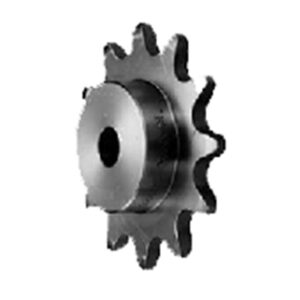
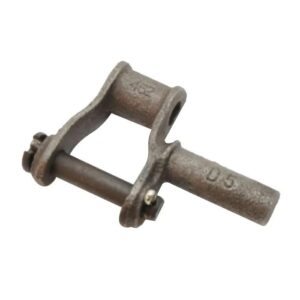
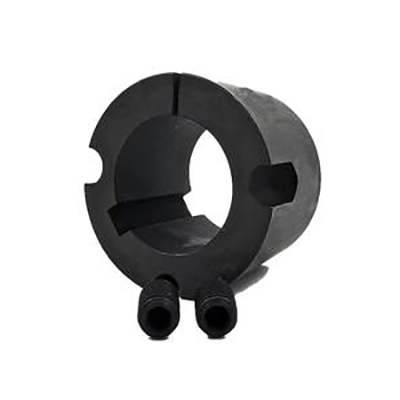
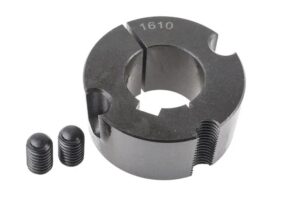
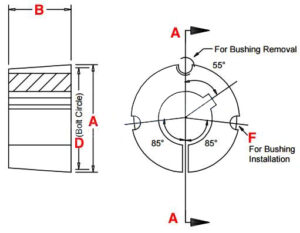
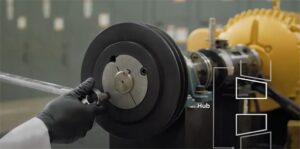


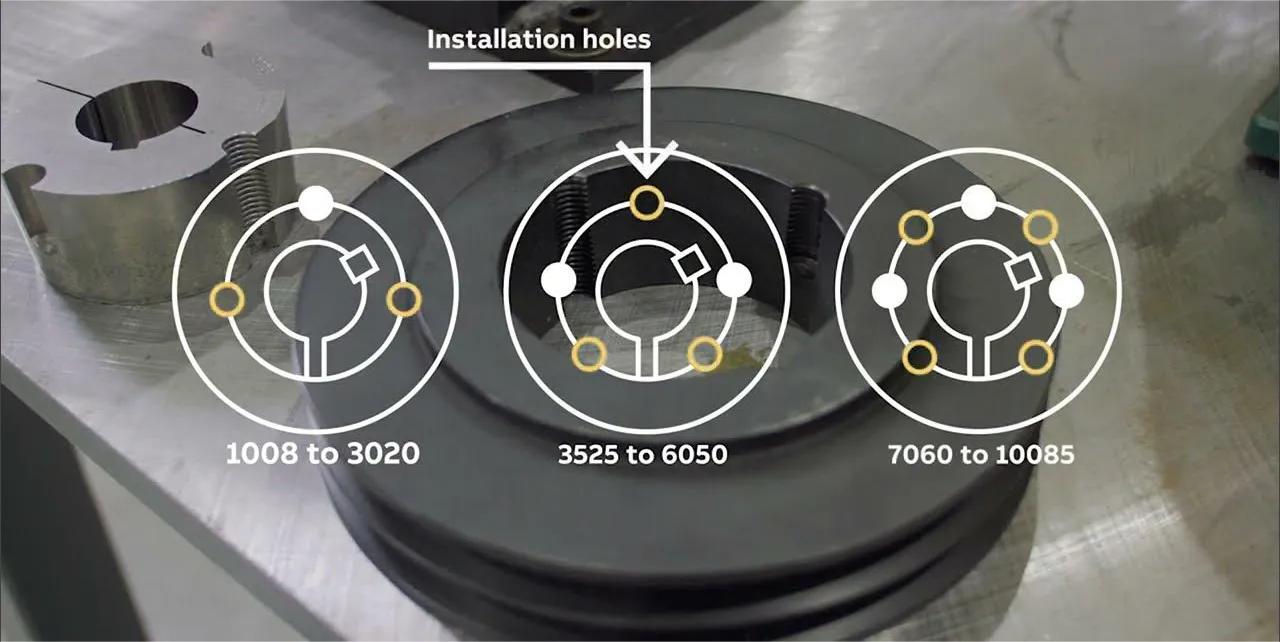
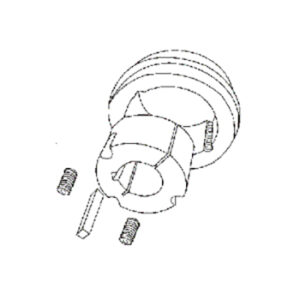
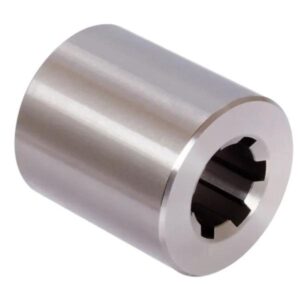
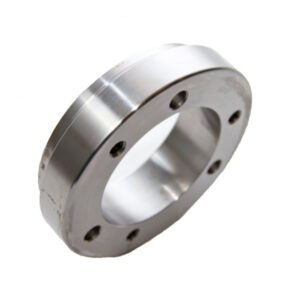
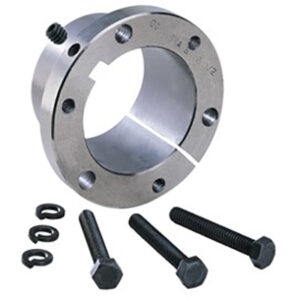
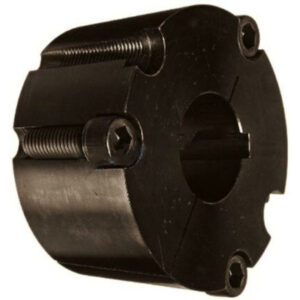
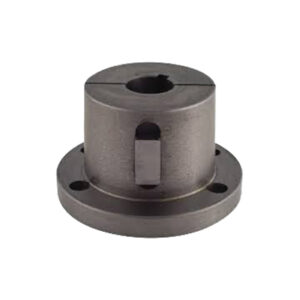
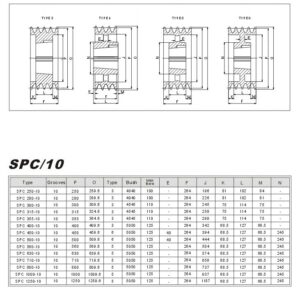
Reviews
There are no reviews yet.